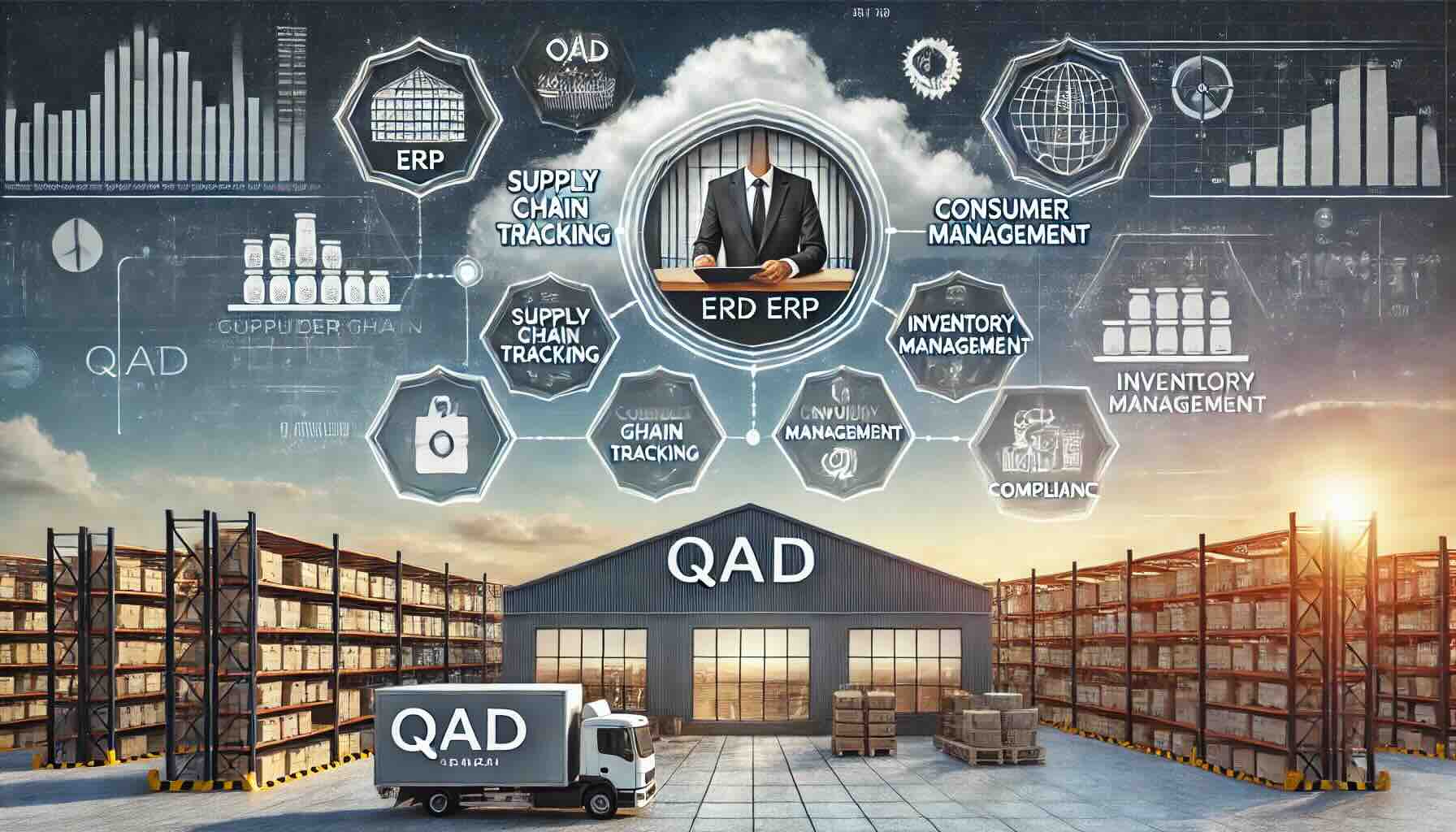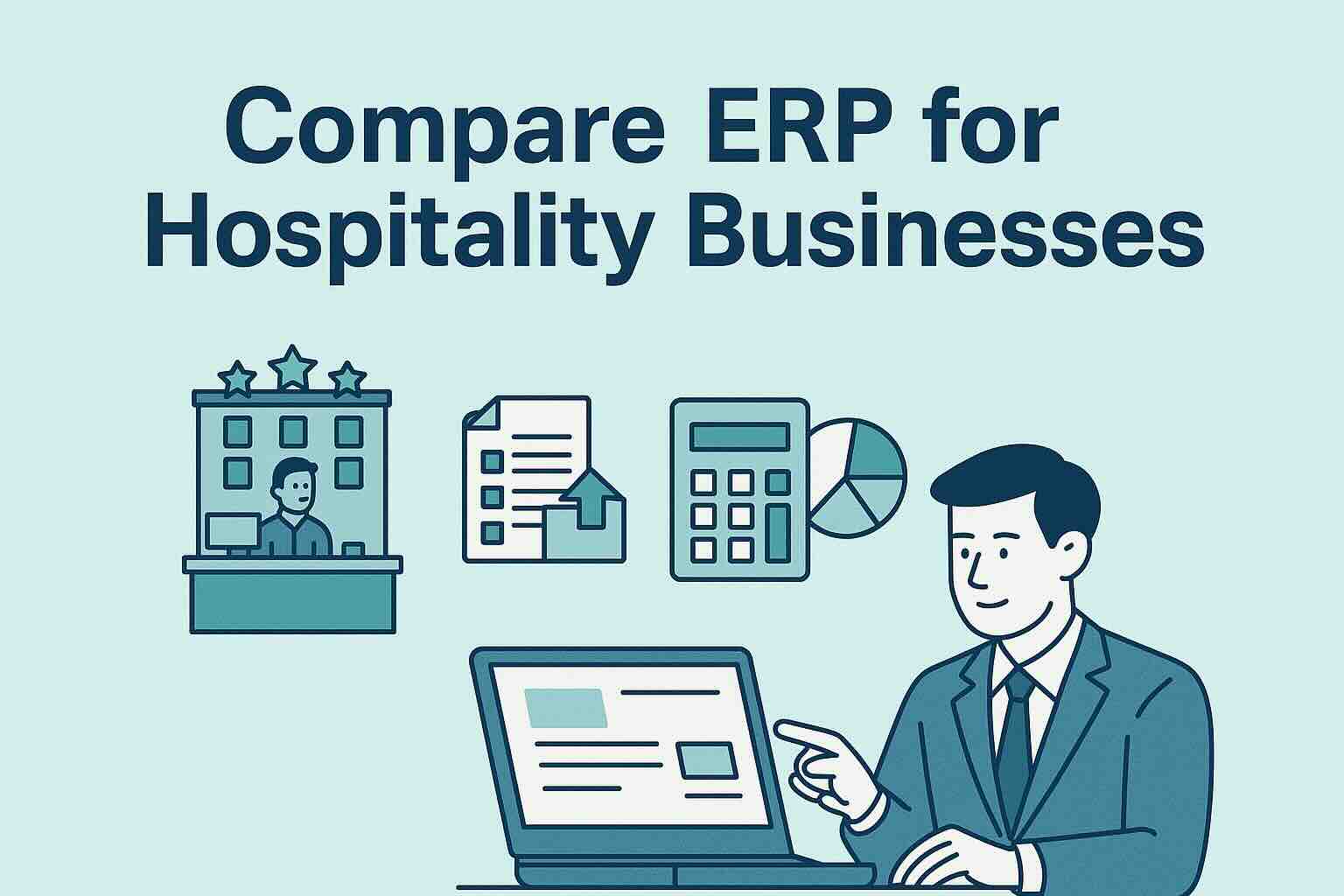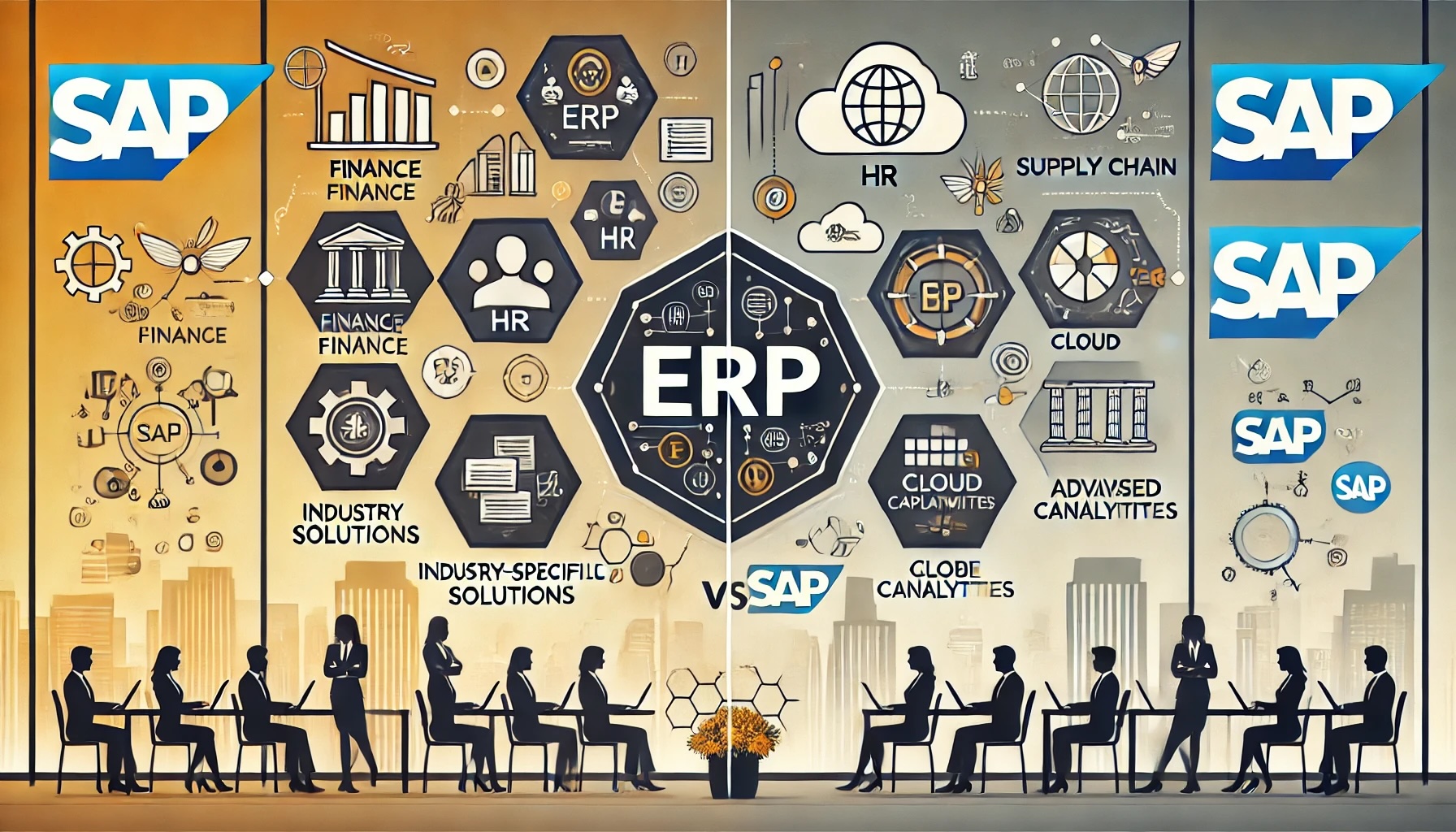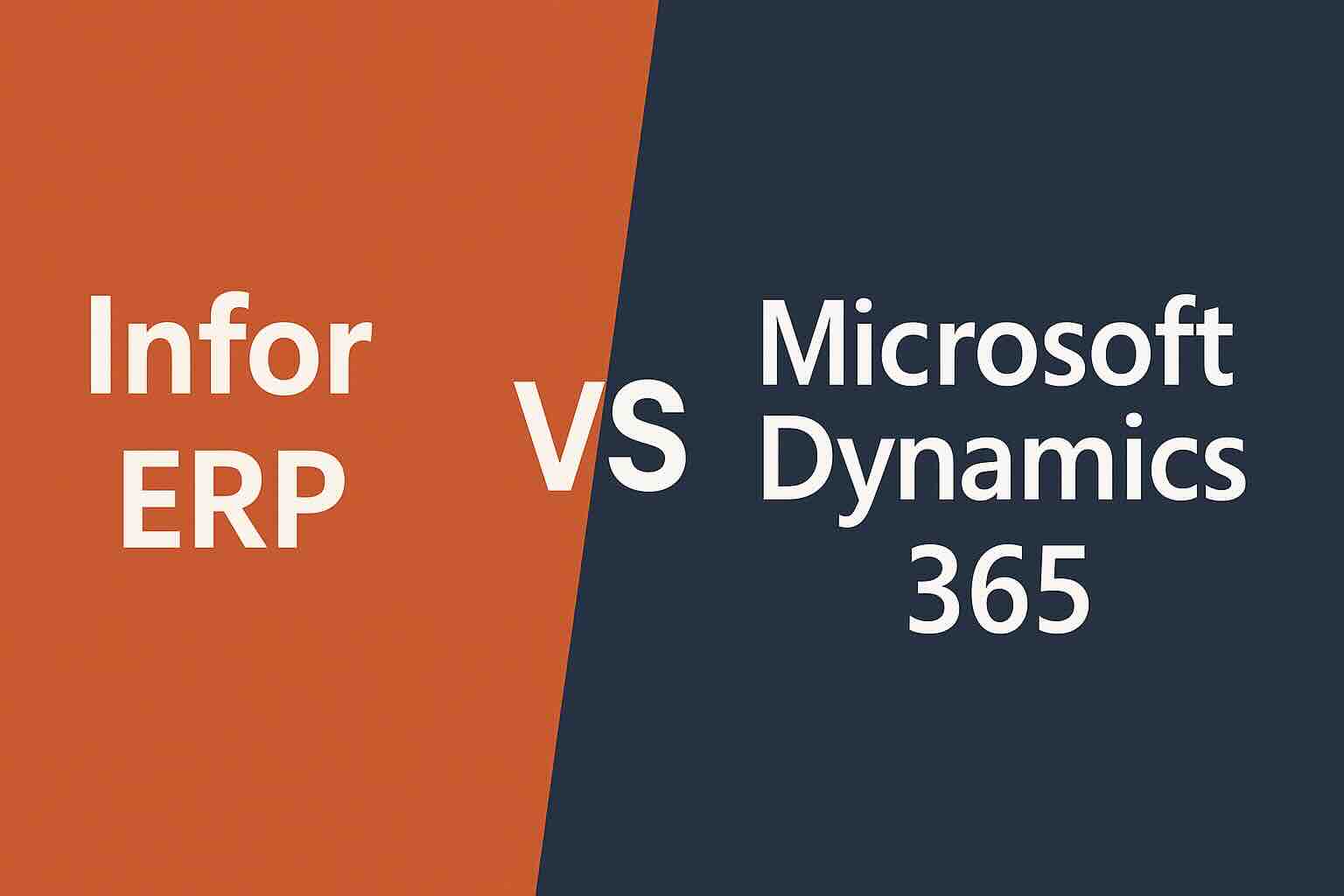Microsoft Dynamics 365 vs Oracle Cloud for Government: A Comprehensive Comparison
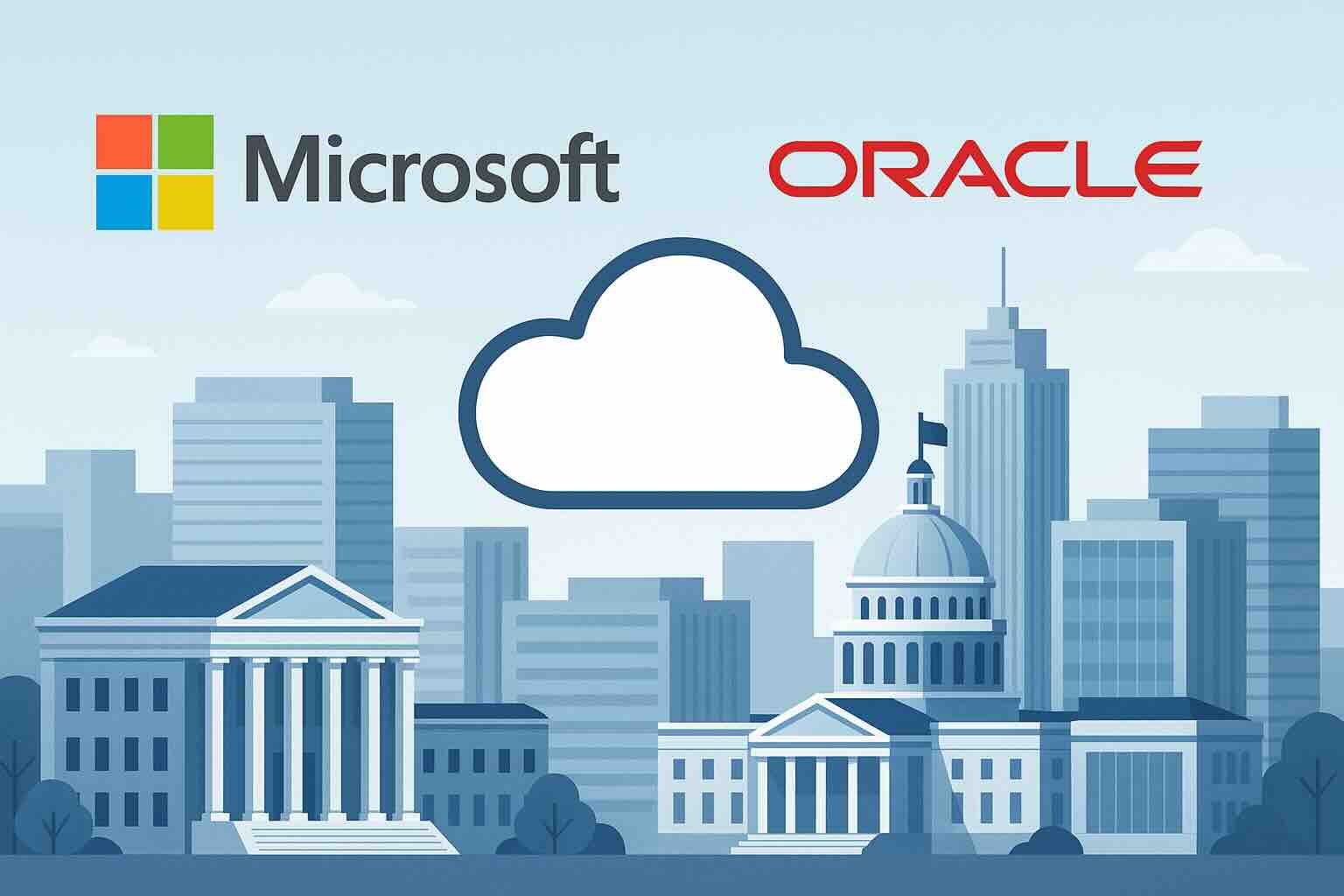
Government agencies are under increasing pressure to modernize operations, streamline services, and ensure transparency, all while managing tight budgets and compliance requirements. Two of the most prominent enterprise resource planning (ERP) solutions in this space are Microsoft Dynamics 365 and Oracle Cloud ERP. This article will compare Microsoft ERP vs Oracle for government, analyzing their features, compliance, cost-effectiveness, and implementation to help public sector decision-makers make informed choices.
Overview of Microsoft Dynamics 365 and Oracle Cloud ERP
Microsoft Dynamics 365 is a cloud-based suite of applications for ERP and customer relationship management (CRM), built with native integration to Microsoft’s Azure ecosystem, including Office 365, Power BI, and Teams. It offers modular, scalable solutions tailored to finance, supply chain, human resources, and citizen services.
Oracle Cloud ERP is a comprehensive cloud suite that includes financials, procurement, project management, and risk management. It’s part of the larger Oracle Cloud Infrastructure (OCI) and is known for deep analytics, AI-driven automation, and global compliance capabilities.
When evaluating government ERP solutions, the ability to handle complex regulatory environments, deliver security, and support digital transformation at scale is critical. Let’s compare Microsoft ERP vs Oracle for government across key areas.
1. Government Compliance and Security
Microsoft Dynamics 365:
-
FedRAMP High, DoD IL5 certified for government workloads on Azure Government Cloud.
-
Meets CJIS, IRS 1075, and HIPAA requirements.
-
Strong data residency and sovereignty controls, which are crucial for public sector use.
Oracle Cloud ERP:
-
Also meets FedRAMP and DoD compliance standards.
-
Offers advanced security with Oracle Cloud Guard and Autonomous Database.
-
Strong governance features but fewer U.S. government-specific certifications than Microsoft in certain modules.
Verdict: Both platforms are secure and compliant, but Microsoft has a slight edge in public-sector-specific certifications and integration with secure U.S. government cloud environments.
2. Modularity and Integration
Microsoft Dynamics 365:
-
Highly modular; agencies can implement only what they need.
-
Seamless integration with Microsoft tools like Teams, Outlook, and SharePoint.
-
Embedded Power Platform enables low-code app development, automation, and custom workflows.
Oracle Cloud ERP:
-
Offers deep integration within the Oracle ecosystem (HCM, SCM, EPM).
-
Strong analytics capabilities through Oracle Analytics Cloud.
-
Less flexible for small phased rollouts compared to Microsoft’s modular approach.
Verdict: Microsoft’s modularity and native integration with widely-used government productivity tools make it a more flexible option for phased implementations.
3. User Experience and Accessibility
Microsoft Dynamics 365:
-
Familiar interface for users already on Microsoft 365.
-
AI-driven insights and customizable dashboards via Power BI.
-
Better accessibility for non-technical users.
Oracle Cloud ERP:
-
Advanced UI improvements in recent versions.
-
AI and ML-driven automation and predictive analytics.
-
Steeper learning curve for non-technical personnel.
Verdict: Microsoft Dynamics 365 is generally easier for end users in government agencies, especially those familiar with the Microsoft ecosystem.
4. Deployment and Cost
Microsoft Dynamics 365:
-
Offers flexible pricing models and subscription tiers.
-
Lower total cost of ownership for smaller agencies or phased deployments.
-
Faster time to value due to modular deployments.
Oracle Cloud ERP:
-
Typically higher initial investment.
-
Suited for large, centralized implementations with enterprise-wide integration.
-
High value for large agencies but less cost-effective for smaller government bodies.
Verdict: Microsoft is often more cost-effective and easier to scale for smaller or mid-sized government agencies.
5. Support and Partner Ecosystem
Microsoft Dynamics 365:
-
Extensive global partner network with government specialization.
-
Strong support through Microsoft Premier Support and Azure Government services.
-
Large ecosystem for third-party apps and solutions.
Oracle Cloud ERP:
-
Enterprise-grade support, with specialized services for governments.
-
Slightly smaller but highly specialized partner network.
-
Deep consulting resources for large-scale projects.
Verdict: Both have robust support systems, but Microsoft’s broader ecosystem and partner base provide more flexibility, especially for smaller implementations.
Conclusion: Which ERP is Better for Government?
When you compare Microsoft ERP vs Oracle for government, the right solution depends on the size, scope, and specific needs of the agency.
-
Choose Microsoft Dynamics 365 if you are a small to mid-sized agency looking for flexible deployment, rapid ROI, and easy integration with existing Microsoft tools. Its modular approach, strong compliance, and user-friendly interface make it ideal for phased digital transformation. To find out more about Microsoft you can click this link
-
Choose Oracle Cloud ERP if you are a large government entity requiring deep analytics, full-suite integration, and enterprise-grade automation. Oracle’s capabilities are unmatched for centralized, high-volume operations, but come with a steeper cost and complexity. To find out more about Oracle Cloud you can click this link.
Ultimately, both platforms are strong contenders. Government agencies should assess their long-term digital strategy, current IT infrastructure, and user requirements when making the decision.
To compare Microsoft and Oracle with 100+ other ERP solutions, try our new AI-powered Compare ERP tool. It’s free to use and provides personalized recommendations based on your business needs, helping you find the best-fit ERP quickly and confidently.

